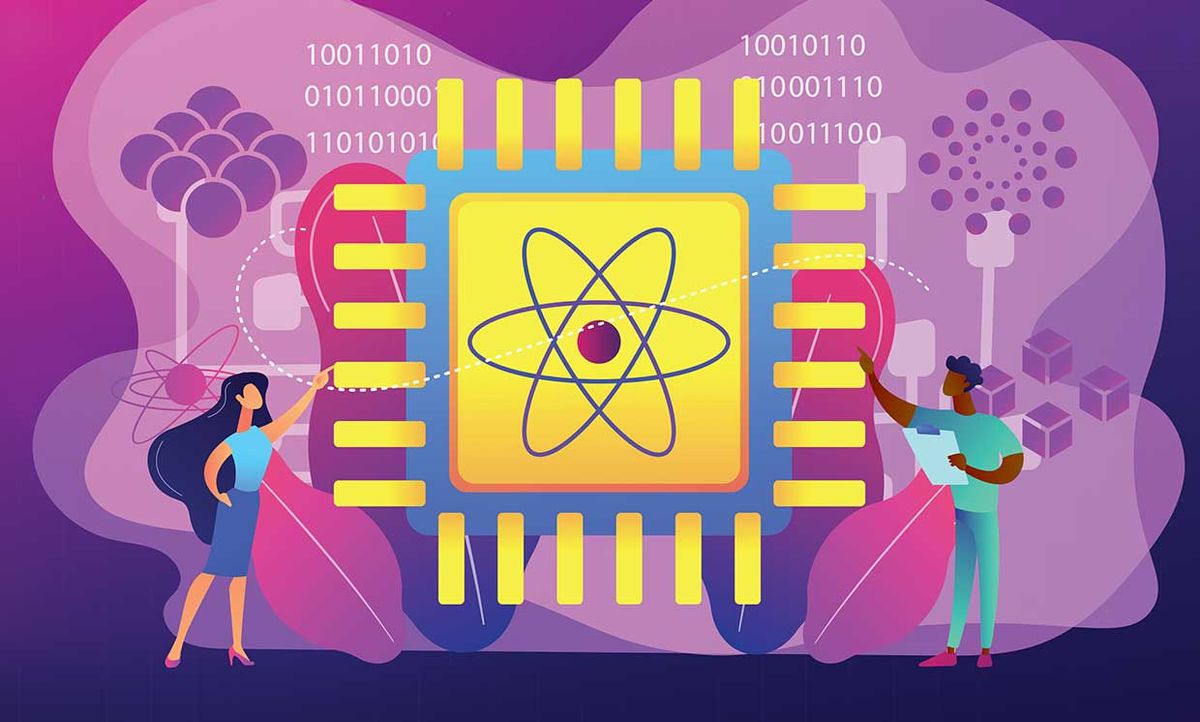Although quantum computing is still in its infancy, its potential means it has already become one of the fastest-growing STEM fields. Consequently, industry and academia are now starting to tackle the problem of creating a labor pool that can leverage the opportunities provided by this new field.
It’s likely that any future quantum workforce will have to come from a diverse universe of scientists and engineers, including material scientists and electronic engineers working on hardware and code developers and mathematicians working on software.
This was the view of education leaders from IBM, NYU and Howard University at a recent virtual meeting set up to discuss the challenges of the anticipated quantum computing talent shortage.
“You have to have advanced education in order to make a good living in this industry,” explained Tina Brower-Thomas, Education Director and Howard University Executive Director, Center for Integrated Quantum Materials. “So the question is are we preparing our K through 12 to go to the schools that have requisite curriculum that will then prepare them to be in the industry? I think, unfortunately, the answer is “no” and that’s a long-standing problem we’ve had in this country.”
IBM has been trying to pull both industry and academia together to prepare for the day when quantum computing requires a large number of trained professionals. One of IBM’s initiatives has been its Qiskit Global Summer School for future quantum software developers (prerequisites are the ability to multiply two matrices and basic Python programming experience). Qiskit has already had over 5,000 students from around the world apply to it.

Cloud-based systems mean no longer having a “huge barrier to entry where you have to learn quantum mechanics and then you have to learn several other things along the way. You can make the barrier a little bit lower to just a question of programming,” said Asfaw.
While being able to program cloud-based systems has democratized the field somewhat, Javad Shabani, Assistant Professor of Physics and Chair of the Shabani Lab, New York University, believes that if we’re looking for a generation that are really going to make breakthroughs, they’re going have to learn the hardware of quantum computers.
“In quantum computing at this stage in its development, you can’t separate software and hardware,” said Shabani. “We know that we don’t have a perfect quantum computer, so in order to make a little improvement you need to know the quantum computer inside and out [because of] the errors that exist in the quantum computers.”
The experiences of Shabani, Asfaw and Brower-Thomas all confirmed that even if you engage people early, broaden the spectrum of people who come into the field, a key issue is being able to offer students realistic and practical expectations of what they can expect in the immediate future for the themselves.
Shabani noted: “We all like to talk about the great potential of quantum computing, but these great capabilities come with great challenges. So we need to be careful about the hype and explain to students the realities of these great challenges and that they also create great opportunities.”
Dexter Johnson is a contributing editor at IEEE Spectrum, with a focus on nanotechnology.



